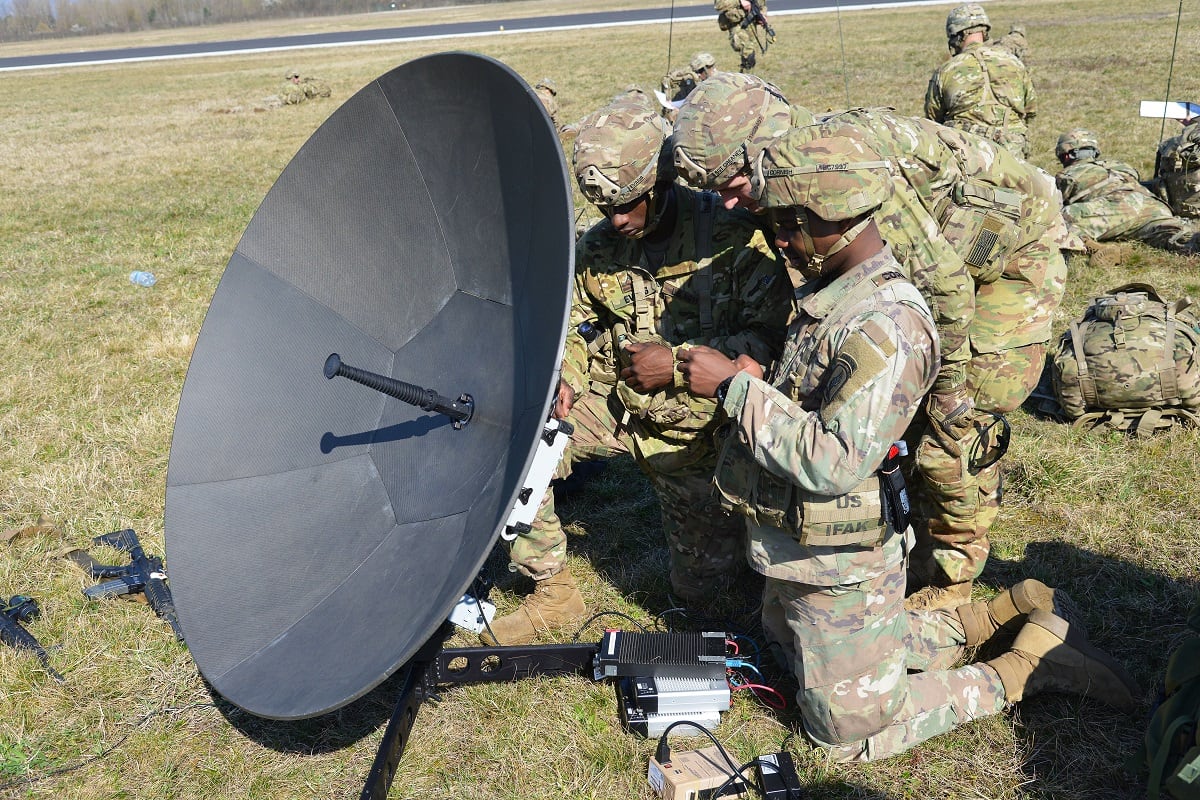Inmarsat is adding a new communications satellite to its fleet that is focused on Europe and the Middle East in response to what it sees as increased military demand for commercial bandwidth in that region.
Launched Nov. 26, the Global Xpress 5 satellite is expected to enter service in early 2020 following on orbit testing. Inmarsat’s newest satellite offers more capacity than the rest of their Global Xpress constellation combined. According to Rebecca Cowen-Hirsch, senior vice president of government strategy and policy at Inmarsat Government, the first three satellites essentially provided initial operating capability for their global broadband service, with each one covering one third of the globe and a fourth satellite acting as a spare.
RELATED

“We’ve got our worldwide coverage, and now we look and see where do we need additional capacity,” said Cowen-Hirsch said. “GX5, adding to that mix, looks at an area where we’ve got increased and significant demand. It is a very, very dense environment for commercial as well as military. So we’ve got a satellite that was specifically put to cover that particular region.”
That decision to task one of the first geographically focused satellite on the Middle East and Europe was driven partly by increased commercial demand, but also by needs from the U.S. military.
“When you talk about space, you hear about the threats from Russia, China and the like. But that’s all the on orbit domain. When you look at what’s happening on the ground and where military troops are deployed and where you have very active operations, (that’s) both certainly in the Middle East (...) and what’s going on in the NATO region,” said Cowen-Hirsch.
Specifically, Cowen-Hirsch says the military is interested in commercially-provided Ka band, which complements Wideband Global SATCOM system and provides more flexibility. The new satellite features steerable beams that can augment bandwidth in a given area within that field.
The GX5 satellite will primarily focus on servicing the commercial maritime and aviation passenger wi-fi markets.
The company plans to add several more Global Xpress satellites in the next four years, including two payloads delivering coverage in the Arctic. Those satellites are expected to have greater beam focusing capabilities and software defined flexibility, said Cowen-Hirsch.
Nathan Strout covers space, unmanned and intelligence systems for C4ISRNET.








